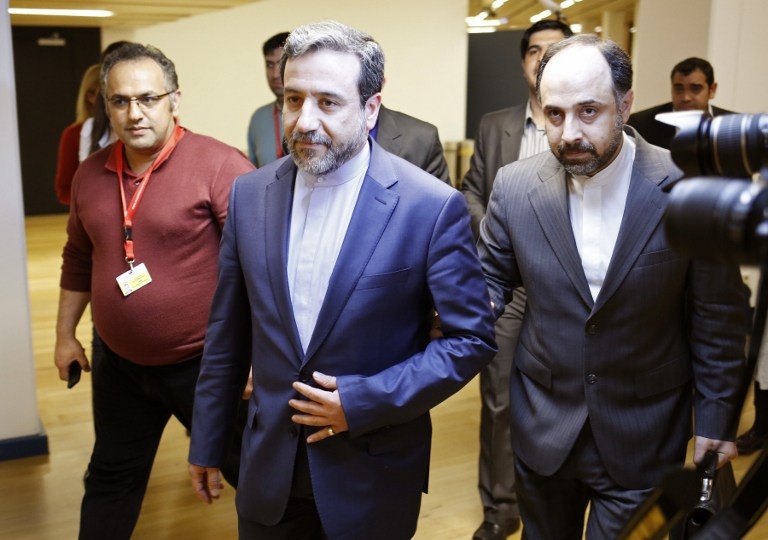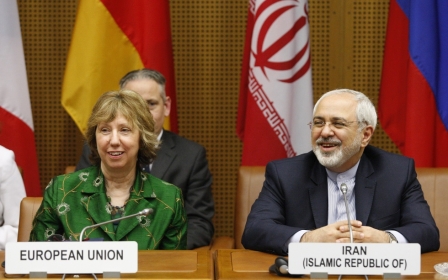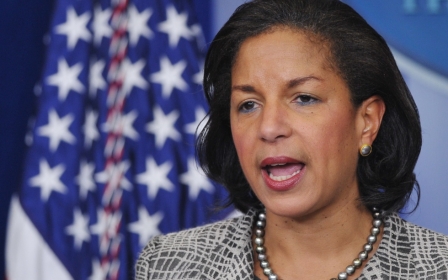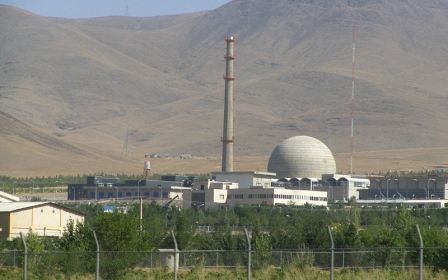UN nuclear watchdog, Iran agree new transparency measures

The UN atomic watchdog said on Wednesday that it has agreed with Iran five new transparency measures, including two concerning a long-stalled probe into Tehran's alleged past efforts to develop atomic weapons.
The International Atomic Energy Agency said that Iran, which denies seeking or having ever sought nuclear weapons, has undertaken to provide information on the new steps "by August 25."
The announcement comes after a fourth round of talks between Iran and six world powers in Vienna last week, which both sides indicated made no progress towards a comprehensive deal over Tehran's nuclear programme.
One of the key elements in this sought-after deal would be that Iran answer some of the many questions surrounding the alleged "possible military dimensions" (PMD) of Tehran's nuclear programme - in other words, efforts to design a nuclear bomb.
Iran says that the trove of evidence presented by the IAEA on these activities, which the Vienna-based agency believes took place before 2003 and possibly since, is based on faulty intelligence provided by the CIA and Israel's Mossad.
New MEE newsletter: Jerusalem Dispatch
Sign up to get the latest insights and analysis on Israel-Palestine, alongside Turkey Unpacked and other MEE newsletters
The first new PMD step is "exchanging information" with the IAEA on allegations related to the initiation of high explosives, "including the conduct of large-scale high explosives experimentation in Iran", the IAEA said on Wednesday.
The second is for Iran to provide "mutually agreed relevant information and explanations related to studies made and/or papers published in Iran in relation to neutron transport and associated modelling and calculations and their alleged application to compressed materials."
The 2011 IAEA report said that it was "unclear" how the application of such modelling studies could be used for "anything other than a nuclear explosive" and that it was "essential" that Iran provide an explanation.
Two other steps announced on Wednesday concern Iran's current nuclear programme, in particular with regard to uranium enrichment, which can provide fuel for nuclear reactors but also the fissile core of a nuclear weapon.
Iran has pledged to arrange an IAEA visit to a centre conducting research into new types of centrifuges that could enrich uranium at a much faster rate, as well as access to a facility making centrifuge parts, the IAEA said.
The final step involves giving the IAEA greater oversight on Iran's new Arak reactor, which Western countries fear could provide Tehran with weapons-grade plutonium once it is operational.
Middle East Eye delivers independent and unrivalled coverage and analysis of the Middle East, North Africa and beyond. To learn more about republishing this content and the associated fees, please fill out this form. More about MEE can be found here.




